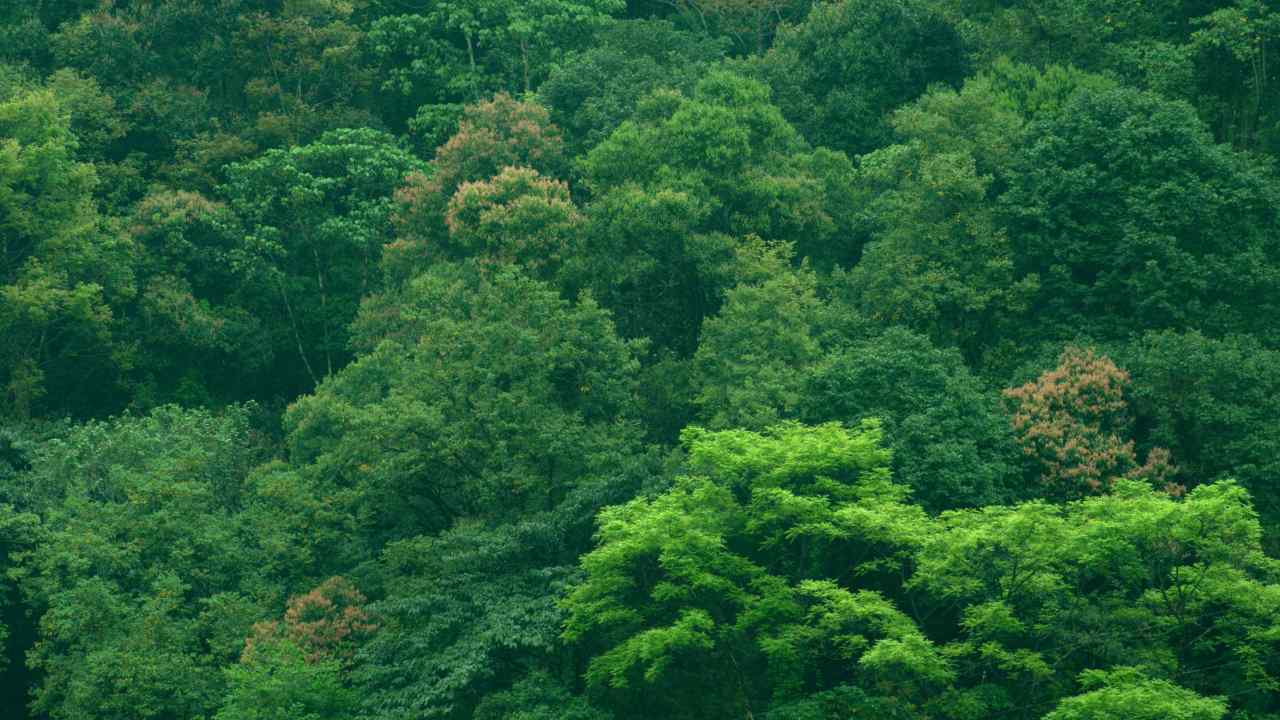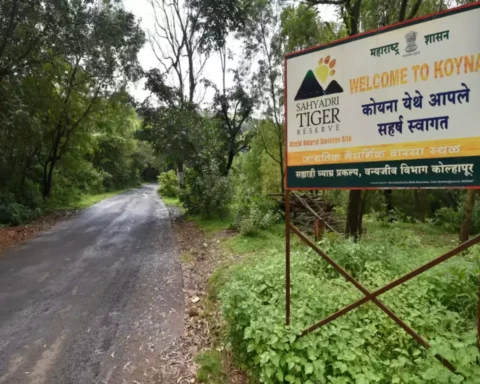Ashwini Kumar Choubey told the parliament that, According to ISFR 2021, the total forest area of the country is 7,13,789 km2 or 21.71% of the country’s geographical area. The country’s forest area has increased by 1,540 km2 compared to the previous assessment, i.e. ISFR 2019. Additionally, the total increase in forest area in the last decade is 21,762 km2.
Climate change is expected to affect the country’s diverse ecosystems in a number of ways. According to India’s third Biennial update report (2021) submitted to the United Nations Framework Convention on Climate Change, forest and biodiversity studies indicate that many of the country’s natural ecosystems are vulnerable to current and future climate change. Studies also show that Indian forests still have great potential for carbon sequestration. According to the Western Ghats study, the country’s dominant forest type, tropical dry forest, has considerable resilience to store carbon and maintain diversity to climatic shocks such as drought and fire, although changes in tree species composition are expected. The study also highlights the vulnerability of the country’s natural grasslands to climate change as well as invasion of exotic and native woody plants. In mountainous regions like the Himalayas there are already signs of grass and woody vegetation moving to higher altitudes.
Central Government and State Governments/UT Administrations implement various programs to increase forest and tree cover in the country. These include the National Afforestation Program (NAP) and the Green India Mission (GIM) implemented by the Ministry of Environment, Forests and Climate Change. The National Afforestation Program is a centrally sponsored program for the regeneration of degraded forests and surrounding areas in the country. The program was implemented through a three-tier institutional set-up: the National Forest Development Agency (SFDA) at the state level, the Forest Development Agency (FDA) at the Forest Department, and the Joint Forest Management Committee (JFMC) at the state level. village level. The Green India Mission is one of the eight missions mentioned in the National Climate Change Action Plan. It aims to protect, restore and enhance India’s forest cover and respond to climate change through afforestation programs in forest and non-forest areas.
Forestry activities are supported by various programmes/funding sources, such as Compensatory Afforestation Fund Planning and Management Authority (CAMPA), Mahatma Gandhi National Rural Employment Guarantee Program (MGNREGA), National Agroforestry Policy and sub-mission forestry activities. Agro-Forestry (SMAF), National Bamboo Mission and National Sustainable Agriculture Mission. In addition to the above, state and union territory governments have their own afforestation and reforestation programmes Almost all states have programs under social forestry, which primarily focus on planting trees in non-forest areas.




























